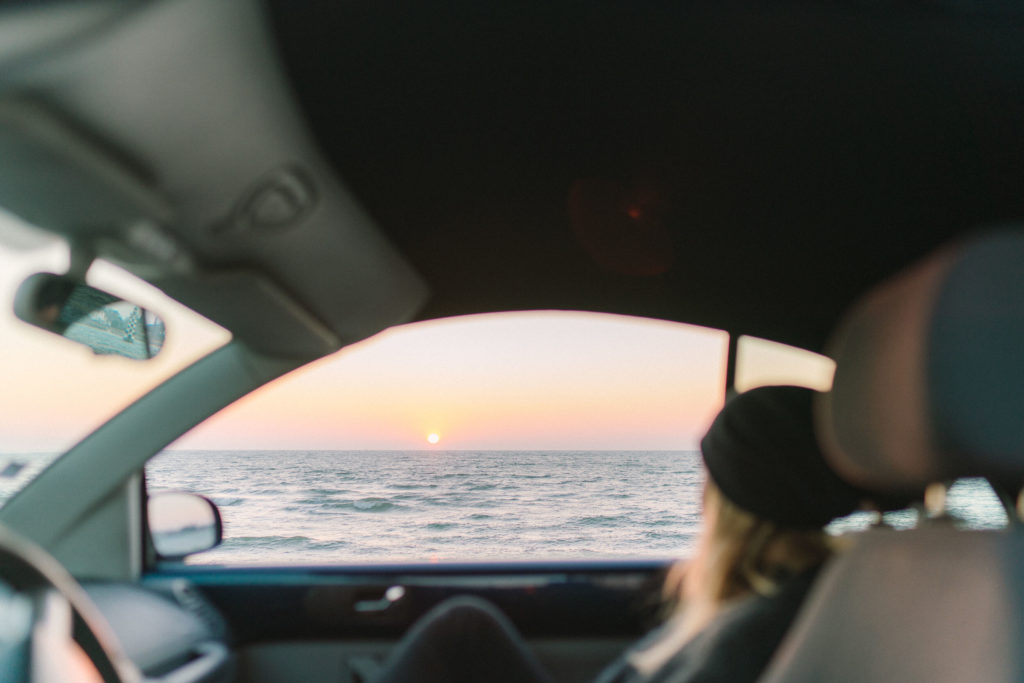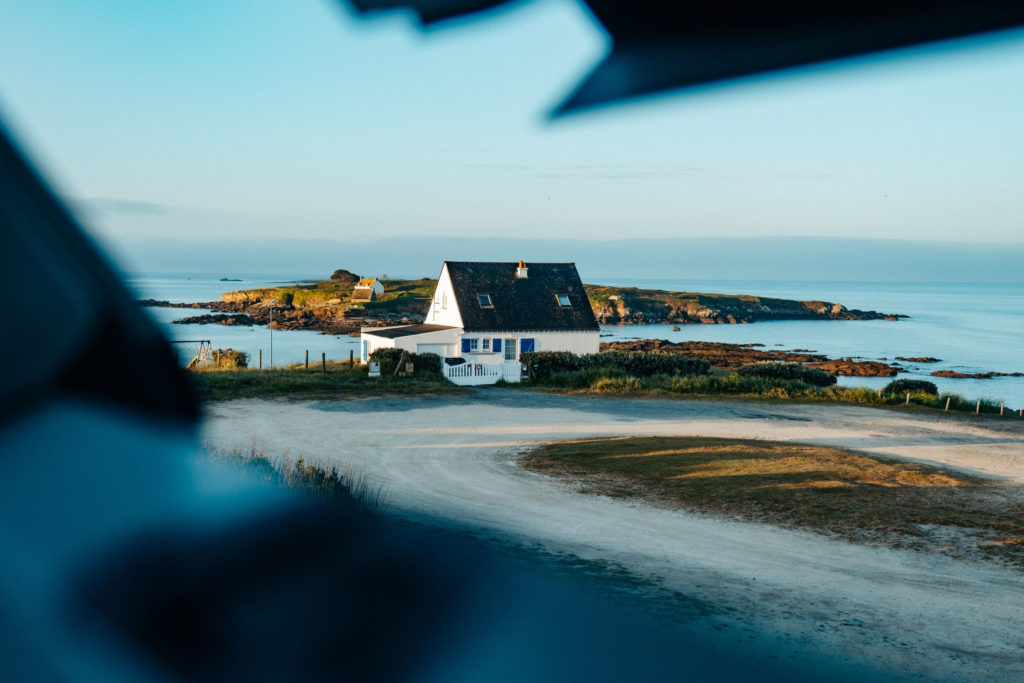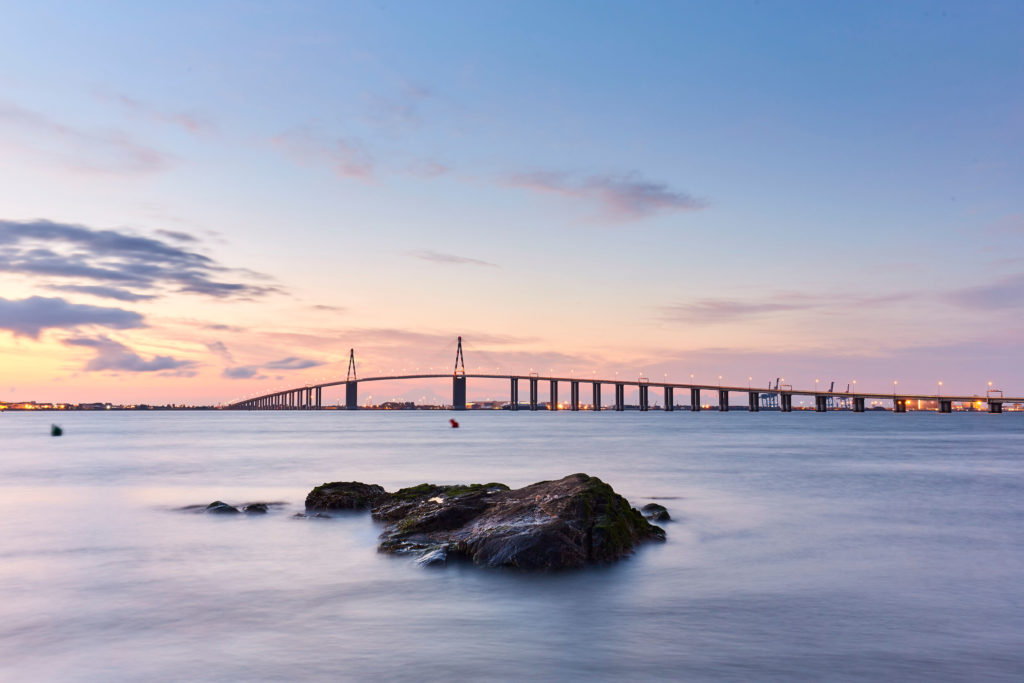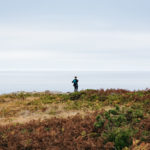Table of Contents
While most tourists flock to the French Riviera, the real magic happens on the shores of France’s northwestern edge.
The coastal road in Brittany is a route that shows you what France really looks like away from the glossy postcards and tourist crowds.
This guide walks you through everything about this coastal drive, from the best stops and hidden spots to local foods you won’t want to miss.
Why this Route Stands Out
The Brittany coastal road runs for about 1,000 kilometers, connecting some of France’s most stunning seaside views.
The driving route has several scenic roads that hug Brittany’s coastline, including the famous Route de la Côte Sauvage (Wild Coast Road) in the south.
While hikers have their own path called the GR34 or Sentier des Douaniers (Customs Officers’ Path) that traces the entire coast, drivers follow a network of D-roads that connect all the best coastal spots.
These roads together create one of France’s most spectacular driving experiences.
And unlike the packed roads of the south, you’ll often find yourself alone with the sea breeze and endless ocean views.
The route takes you:
- Past lighthouses that have watched over ships for hundreds of years.
- Tiny fishing villages where you can grab the freshest seafood you’ve ever tasted.
- Beaches that look like they belong in a painting.
What makes this route even better is how easy it is to stop whenever you spot something.
You can pull over at countless spots to watch waves crash against cliffs or take photos of fishing boats bobbing in tiny harbors.
Before you start planning your trip, though, you’ll want to know the best time to visit.

When to Visit
Summer brings perfect weather, but it also brings crowds. The sweet spot is late spring or early fall.
The weather stays mild, the roads are quieter, and you’ll get better deals on places to stay. Plus, the morning mists in spring and the golden light in fall make everything look even more beautiful.
Spring runs from April to June, with temperatures around 15-20°C (59-68°F). Fall stretches from September to October with similar temperatures but with more chances of rain.
Both seasons give you long enough days to see everything without rushing.
Where to Stay
Small hotels and B&Bs line the route, many in converted farmhouses or fishermen’s cottages.
Book ahead in summer, but in spring and fall, you can often find places as you go. Prices range from €60-150 per night, depending on the season and location.
Some standout options include old lighthouses turned into hotels and farmhouses with sea views.
Also, many places serve breakfast with local products, giving you a taste of Breton culture each morning.

Planning Your Route
Start in Saint-Malo, a walled city that looks like it jumped straight out of a history book.
From there, head west along the Pink Granite Coast, where the rocks actually do look pink, especially during sunset.
The road winds through small towns and past hidden coves all the way to Brest, a major port city with a rich maritime history.
The route isn’t complicated. Just follow the signs for the coastal road (often marked as D34 or similar D-roads) and keep the sea on your right or left, depending on which way you’re going.
You can do the whole thing in about a week, but two weeks gives you time to really enjoy it.
Must-Stop Places
While the entire route is packed with amazing spots, some places are simply too good to pass by.
1. Saint-Malo
This old Corsair city deserves at least a full day. Walk the city walls at sunset, when the old stone glows golden and the sea stretches out forever.
The streets inside the walls hide some of the best crêperies in Brittany. Try the local specialty: galettes (savory crêpes) filled with ham, cheese, and egg.
2. Pink Granite Coast
The stretch between Perros-Guirec and Ploumanac’h shows off some of nature’s best work.
Huge pink rocks balance in impossible ways, shaped by wind and waves over millions of years.
Park your car and take the coastal path for the best views. Early morning or late afternoon light makes the rocks glow even pinker.
3. Pointe du Raz
Think of it as France’s Land’s End. This rocky headland sticks out into the Atlantic, with waves crashing below and seabirds wheeling overhead.
The lighthouse here has guided ships through dangerous waters for centuries. On clear days, you can see the whole curve of the bay.

Food Along the Way
Brittany’s food deserves its own road trip. Every town has its specialty, but some things you have to try:
- Fresh oysters in Cancale, eaten right by the sea
- Butter cookies from local bakeries
- Galettes and crêpes filled with local ingredients
- Fresh fish and seafood caught that morning
- Local cider served in traditional bowls
Most restaurants serve set menus at lunch, which gives better value than dinner.
Small coastal restaurants often have the freshest seafood, even if they don’t look fancy from the outside.
Photography Spots
Even if you’re not into photography, some views beg to be captured.
The lighthouse at Pointe Saint-Mathieu against the sunset, the morning mist rolling over Saint-Malo’s walls, and the pink rocks glowing at dusk make perfect photos.
Morning and evening give the best light, especially along the Pink Granite Coast.
The rocks take on different colors throughout the day, but sunrise and sunset offer the most dramatic views.

Practical Tips for Brittany’s Coastal Drive
Getting around Brittany’s coastal roads is pretty straightforward, but here are some tips to make your trip smoother:
Tip 1: The road itself is good, but some sections get narrow, especially in small villages. Rent a smaller car if you can.
It makes parking easier in old towns and handling tight turns more manageable.
Tip 2: Fill up your tank whenever you see a gas station. They’re common enough, but it’s better to be safe than sorry on the more remote stretches.
Tip 3: Pack layers, even in summer. The weather can change quickly, and the wind off the sea can be cold. A good windbreaker will be your best friend.
Tip 4: Keep some cash handy. While most places take cards, some smaller cafes and local markets in remote villages prefer cash.
Tip 5: Download offline maps before you start. Cell service can be spotty along some stretches of the coast, and you’ll want reliable navigation.
A Road Trip to Remember
The coastal road in Brittany offers something rare in today’s world: a chance to see a place that still feels real and unchanged.
It’s not just about the views or the food or the history. It’s about experiencing a place where the rhythm of life still follows the tides and seasons.

I’ve always been captivated by Brittany’s unique charm, and I started this site to share my favourite spots and tips with fellow travellers. From exploring hidden beaches to experiencing local culture, I aim to provide practical advice and fresh perspectives on everything this destination has to offer.




